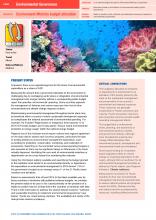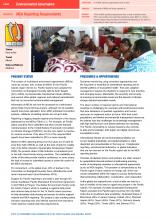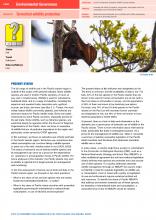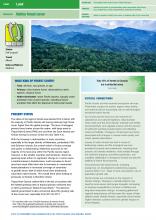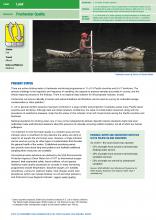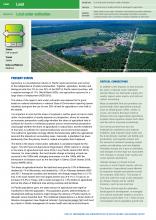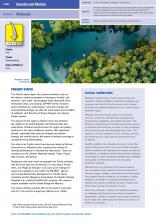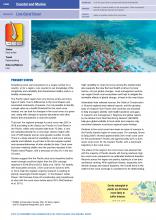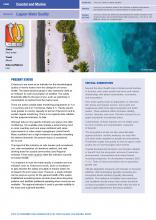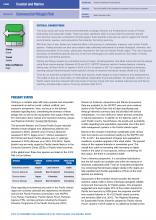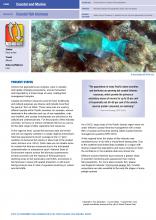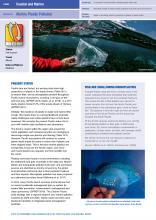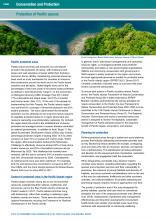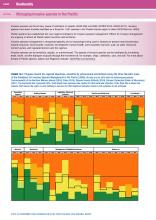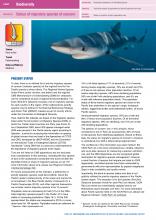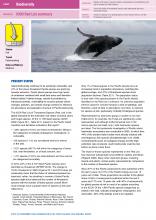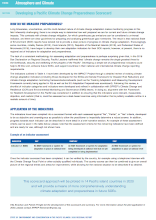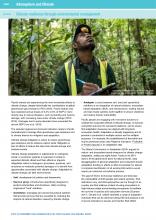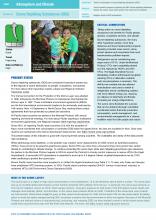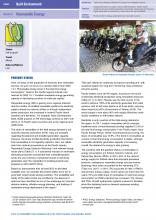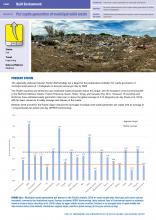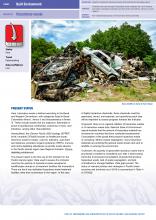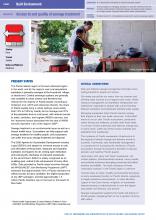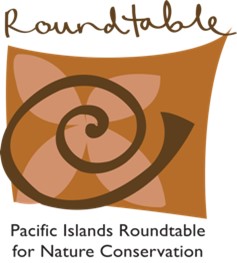We rely on nature for over 15% of our national economies but spend less than 2% on managing nature
The health of Pacific species, environments, and natural resources depends on sustainable, long-term management. In our islands, this builds on traditions and innovation in our governance.
Sound environmental governance is foundational for healthy Pacific societies and economies. Environmental management has as its aim the long-term survival of Pacific ecosystems and species as well as the health, economic and cultural activities, and identities of the people who rely on Pacific nature.
The indicators in this theme track how much we spend on nature management and how we are doing in measuring, monitoring, and reporting on our environmental commitments.
Pacific bats are important, iconic—and in peril
A special focus of the 2020 regional report examines the conservation, diversity, and use of Pacific bats.
Just 31% of required reports to Multilateral Environment Agreements (MEAs) have been submitted since 2015
Many natural resources or pressures on those resources cross boundaries and affect species, habitats, and people in multiple countries: international agreements provide the framework to manage transboundary threats. Integrated reporting using common and consistent indicators that can fulfil multiple objectives helps us direct effort to action, not just reporting, while easing the burden on small national administrations.
With over 20 MEAs to govern transboundary protection of nature, we need strong partnerships to report on our successes and challenges.
